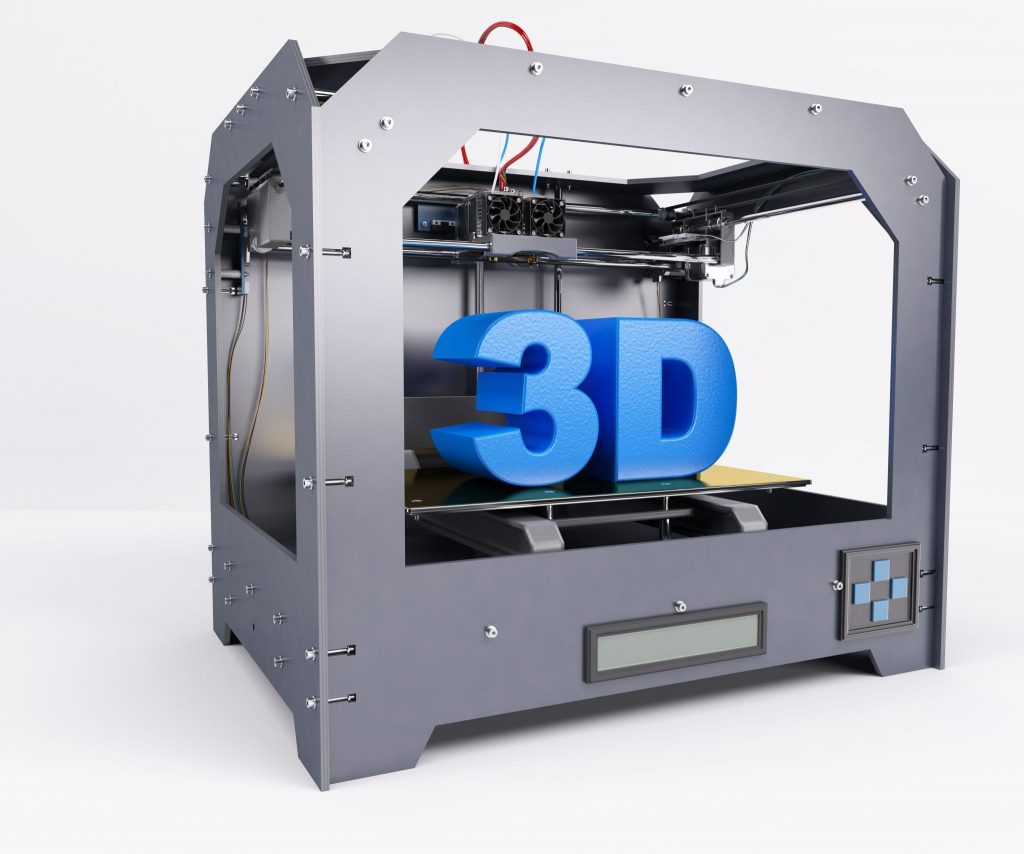
Rapid prototyping – creating a full or partial copy of a product being prepared for production according to the CAD model. The prototype is used to evaluate design and ergonomics, verify compatibility with other components, confirm customer development, and demonstrate at exhibitions. Other applications are possible depending on the nature of the product and its implementation.
What and how to prototype
In principle, prototyping is needed for everyone involved in the serial production of any product, whether it be toys, fishing tackle, or industrial equipment and construction equipment. The choice of prototyping method is determined by a number of factors. Product dimensions, required dimensional accuracy, color, texture, mechanical strength – usually, one of the technologies is chosen depending on the requirements:
-
- FDM / FFF, printing with a plastic bar;
- SLA, UV curable photopolymer printing;
- Plaster printing;
- SLS, selective laser sintering.
If the prototype consists of several parts with significantly different dimensions, it may be appropriate to combine two methods, for example, manufacturing a remote control case made of plastic using FDM / FFF technology, and button-pushers with marking from a photopolymer on a stereolithographic printer.
One-stop solution, plastic printing
Printing with plastic is relatively simple and inexpensive. Product dimensions can reach tens of centimeters, and there are large-format 3D printers with a working area of up to a meter. For small, up to several centimeters, highly detailed objects – not the best choice. The part printed on a “plastic” 3D printer has a pronounced layered structure, which is acceptable for demonstration or fitting purposes.
Among the advantages of FDM / FFF, the availability of equipment and consumables, as well as a wide selection of types of thermoplastics, are noted. The presence of raw materials for printing on the basis of polyethylene glycol, polyamides, high-temperature plastics allows us to produce functional prototypes for industry or medicine.
Exact parts from photopolymer
If the capabilities of the FDM printer are not enough for a small object with a high degree of detail, a photopolymer printer is required. Printing with photopolymer – selective layering of liquid photopolymer resin, it hardens under the influence of an ultraviolet laser or LED. More expensive technology compared to printing with plastic, the working area of most printers is a few centimeters. But this printing method is the most accurate.
Products made of photopolymer resin do not differ in high strength, but the smoothness of the surface allows their use not only for demonstration purposes but also as master models in the manufacture of molds.
Full Color Printing – Plaster
When you need to accurately illustrate the appearance of the product, taking into account the color scheme, it makes sense to pay attention to gypsum polymer technology. This is a layering of the powder with a binder, which is applied by the head as in an inkjet printer. When printing, the coloring of the layer also occurs, as a result, we get a colored object, quickly and without the cost of manual labor. Gypsum-polymer printouts due to their physical properties are not suitable for functional prototypes but are ideal for exhibition and other demonstration purposes.
Durability: selective laser sintering
Suppose you need a valid prototype of gear or gearbox. And in the context, so that you can see how the gears rotate. The case can still be printed on an FDM printer, and problems will already arise with the reliable execution of the mechanics. The solution is SLS technology, this is layer-by-layer laser sintering of polymer powder, usually, polyamides are used. The strength of the parts made in this way is very high, the accuracy is also at the level.
Picture Credit: Freepik
